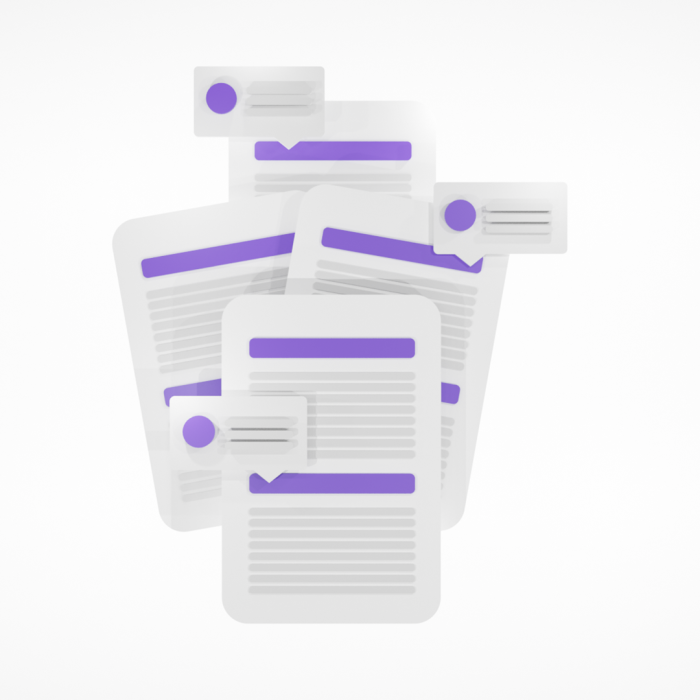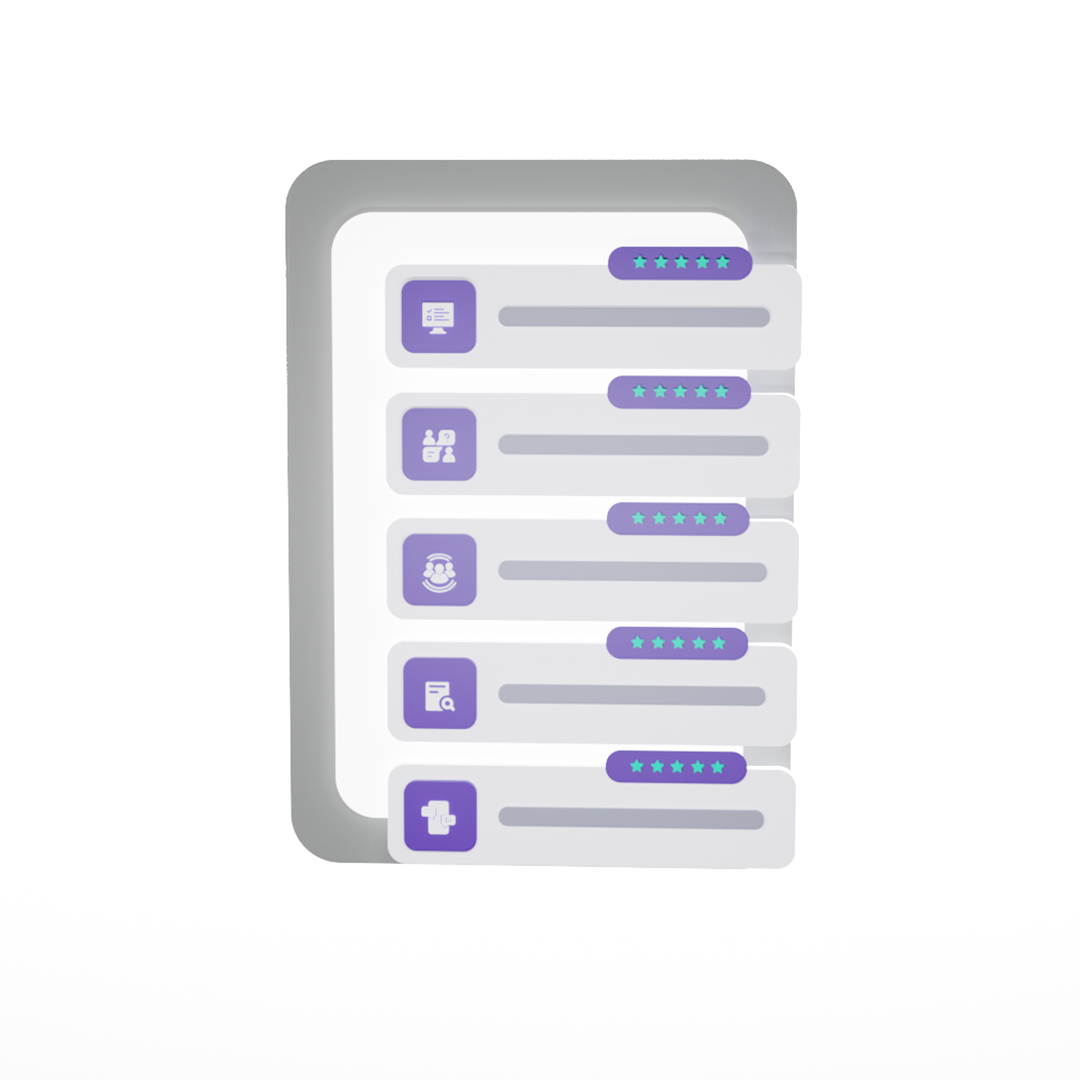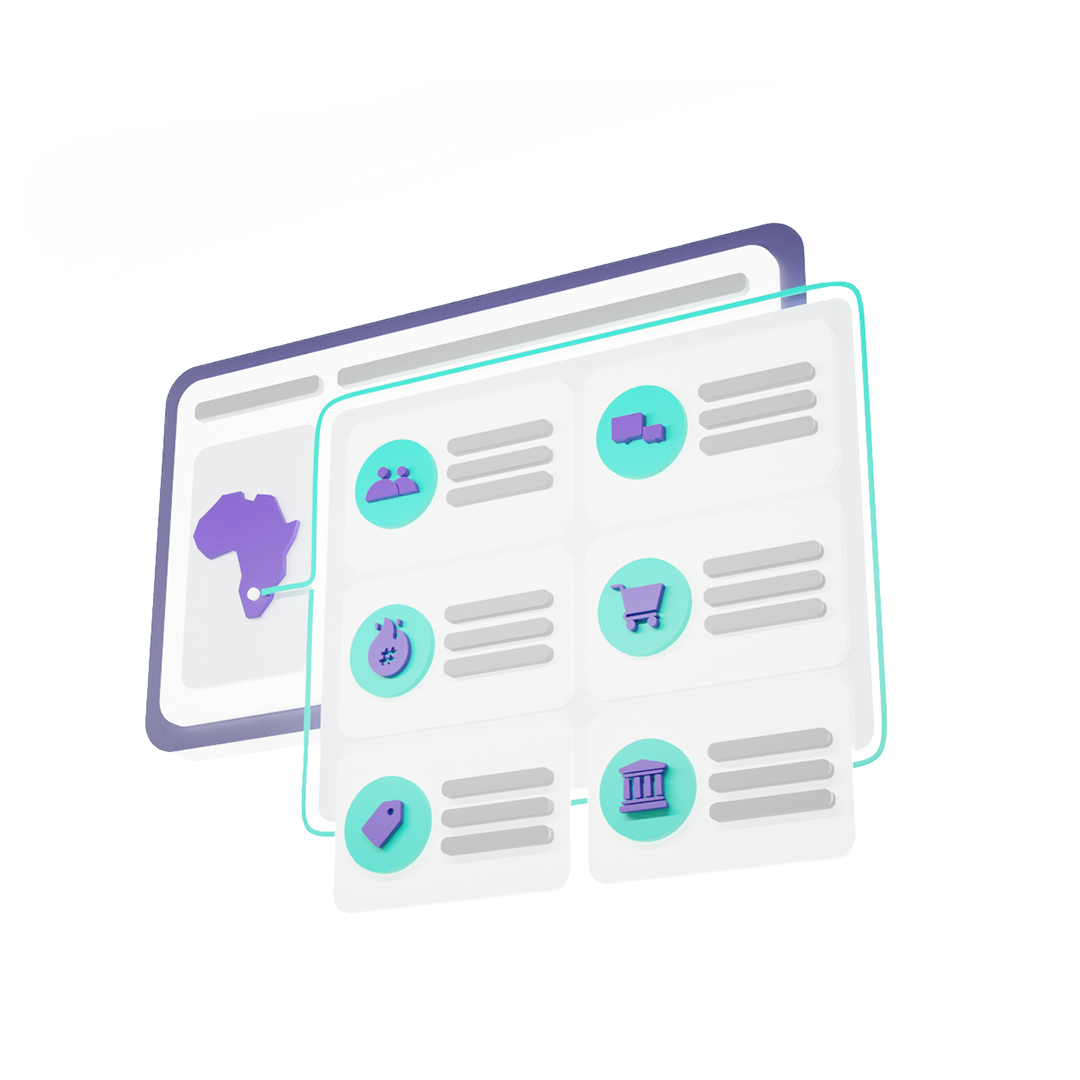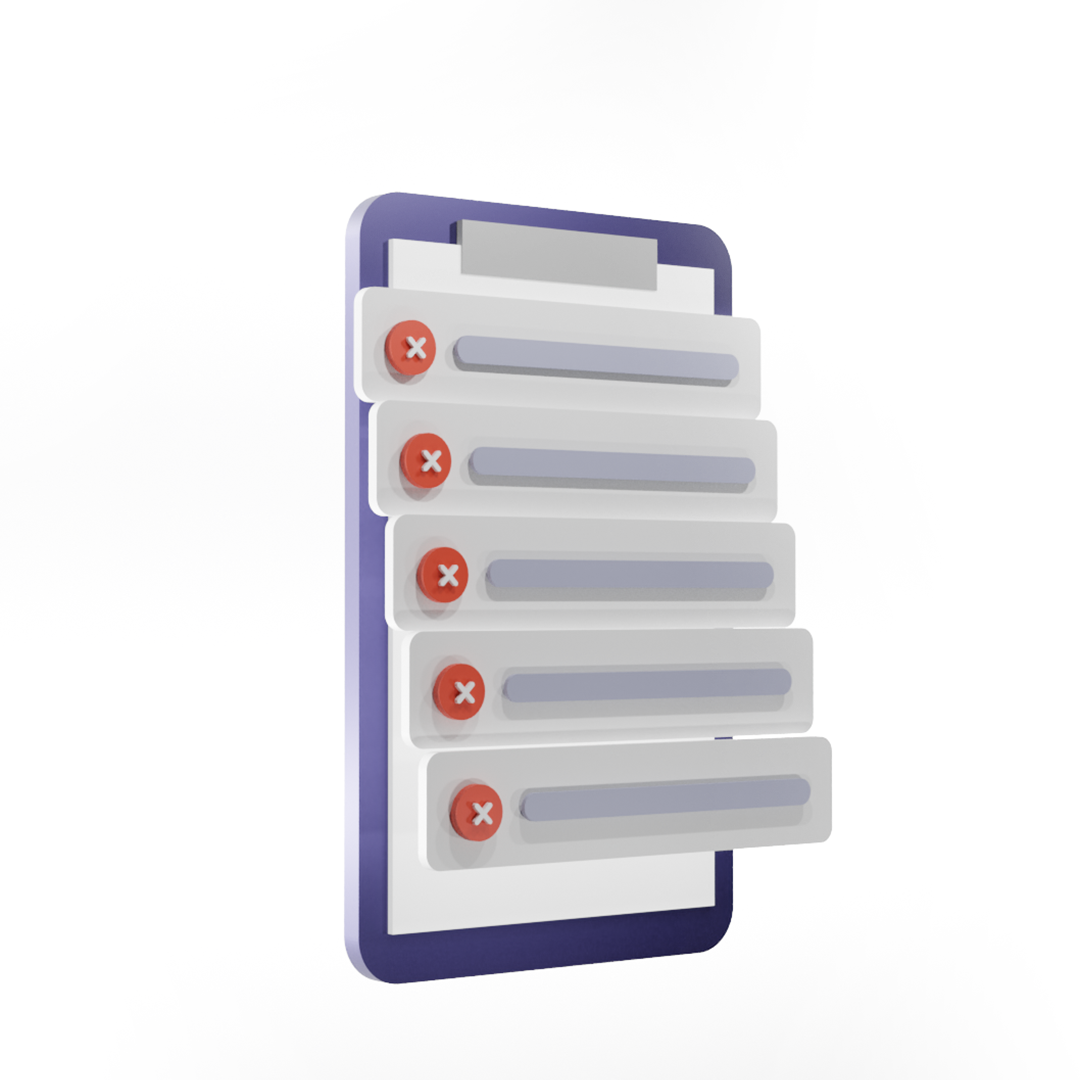If you take the time to write good survey questions, you’ll be well on your way to obtaining the reliable responses you require to meet your objectives. Creating good survey questions is not difficult. This guide was created to help you understand best practices and get quick tips for creating good survey questions and polls that generate valuable insights and data.
Using survey question templates can help you speed up the survey creation process while also ensuring you are asking good questions that elicit valuable responses from your target audiences and demographics. Your survey results can then be analysed and presented in various formats, such as a word cloud, which visually represents the most common words and phrases in your responses. The types of survey questions you use will determine your survey’s success.
While open-ended questions require respondents to add personal comments in a text box, closed-ended questions provide respondents with a fixed set of options from which to choose. These closed-ended response options can include simple yes/no questions, multiple choice questions, Likert rating scales, and other options.
This guide will teach you steps in creating good survey questions in order to elicit the most valuable responses. We’ll go over the following topics to help you write an excellent questionnaire:
- Ways to create good survey questions using neutral answers
- Examples of how to ensure your surveys have a diverse set of response options
- How to avoid requesting two things at once
- Creating good closed-ended survey questions
- Creating a survey with a diverse group of questions
- How to make sure you send a good survey
How poor questions affect survey results

Poorly written survey questions can discredit your efforts and potentially distort your results, especially in single-question polls. Poor questions can range from those that confuse respondents to those that are biased or lead respondents to a specific response.
They can reduce survey participation and make gathering reliable data more difficult. Relying on simple multiple-choice questions can provide a solid foundation for developing good survey questions that generate valuable data. The bottom line is that if you launch an online poll with only one question, you must get it right.
Quick tip: Brand your polls to increase respondent credibility by using bespoke features. Designing polls with your logo, brand colours, or a custom theme ensures that the questionnaire is readily identifiable to your target audience.
7 tips for creating good survey questions
Whether you’re conducting market research surveys, collecting large amounts of data to analyse, soliciting employee feedback, or running online polls, you can use these guidelines to create a survey, poll, or questionnaire that gets results.
I. Use more closed-ended questions than open-ended questions.
Closed-ended questions can be your ticket to success if you need simple data to collect and analyse. Closed-ended questions produce quantitative data that can be used to quantify variables. These questions always have objective and conclusive answers. Another advantage is that the data derived from this question type can be presented in very accessible formats, such as graphs and charts, which show overall percentages of how respondents answered.
Open-ended questions generate qualitative data, which takes more effort and time to answer than closed-ended questions. Because qualitative data does not produce clear-cut numerical results, it takes more time to analyse.
When considering creating good survey questions, you should limit the use of open-ended questions. This will also help increase completion rates because if respondents feel obligated to spend too much time writing in their answers, they will abandon your survey.
When creating a survey, try not to include more than a few open-ended questions per survey or poll. You can also put them on a separate page at the end. That way, even if a respondent drops out of the survey, you can still collect responses from previous pages. Open-ended questions can yield beneficial insights, but they must be used strategically.
II. Ensure your survey questions are objective.
Including an opinion in your question prompt constitutes a leading question. This can taint your survey data by influencing respondents to answer in ways that do not accurately reflect their true feelings. Assume you posed the opening question:
“We think our customer service reps are fantastic. What do you think of them?”
The question appears to convey an opinion you would like respondents to agree with. Are you sure if your customers think your customer service representatives are fantastic? If you want to get feedback on your customer service representatives, this can be a serious issue because you’re not giving respondents a chance to refute that your reps are fantastic.
Instead, you can improve the tone of your survey question by editing it thus:
“Do you find our customer service representatives helpful or unhelpful?”
III. Maintain a balanced set of answer options.
Respondents require a method to provide candid and thoughtful feedback. Otherwise, the credibility of their responses will be jeopardised.
Another potential source of bias is the answer choices you provide. Assume we asked respondents how helpful or unhelpful your customer service representatives are and included the following response options:
- Extremely helpful
- Very helpful
- Helpful
You’ll notice that there’s no way for respondents to say the reps aren’t helpful. An objective tone is required when writing good survey questions. This entails using a more balanced set of response options, such as the following:
- Very helpful
- Helpful
- Indifferent
- Unhelpful
- Very unhelpful
IV. Don’t ask for two things at the same time.
Confusing respondents is just as bad as influencing their responses. In both cases, they will select an answer that does not accurately reflect their true feelings and preferences.
The double-barreled question is a common source of confusion. It asks respondents to rate two things at the same time. As an example:
“How satisfied are you with our customer service and product dependability?”
Customer service and product dependability are two distinct issues. When both are included in the same question, the respondent is forced to evaluate one or skip the question entirely. Either way, you will be hard-pressed to get a sound or relevant response. Your products may be highly dependable, but a recent lousy customer service experience weighs heavily on a respondent’s mind.
Fortunately, there is a simple solution. Simply divide these two topics into separate closed-ended questions:
“How would you rate our customer service?”
“How would you rate our product’s dependability?”
This method allows you to identify problem areas while determining where you meet or exceed customer expectations.
V. Keep your questions distinct from one another.
You’d probably be irritated if you repeatedly ask questions with the same question prompt or answer options. Respondents may feel irritated if you repeatedly ask questions with the same question prompt or answer options. It causes respondents to abandon your survey or engage in straight-lining, i.e., answering your questions without much thought.
A careless response can be more damaging than no response at all because it does not reflect the respondent’s true feelings. You can address this proactively by varying the types of questions you ask, how you ask them and spacing out questions that appear similar. To avoid this pitfall, contact Survey54 for expertly-written survey questions to present a variety of questions in different ways.
VI. Include optional questions in your survey.
Respondents may not know all of the answers to your questions. And there may be some questions they simply do not want to answer. However, you still want them to complete the survey and provide helpful feedback.
Consider both of these factors when deciding which questions to require answers to. When in doubt about whether to make a question optional or required, make it optional. We discovered that forcing respondents to answer your questions increases their likelihood of abandoning your survey or selecting an answer randomly.
VII. Take a test drive.
As a survey creator, there is no worse feeling than discovering errors in your survey after it has already been distributed to respondents. In some cases, this may necessitate scrapping the survey and starting over. Another option is to send a revised survey, which can reduce trust and participation among respondents and result in a situation where some people complete the original survey. In contrast, others may respond to the revised version.

Prevent this from happening to you by sharing your survey with colleagues, friends, and anyone else who can act as a second set of eyes for you. An objective reviewer’s opinion may be all that is required to detect errors in your survey. Having others review the survey can also help to eliminate any potential bias that might be offensive or off-putting to a specific demographic.
See how Survey54 can spark your curiosity. Contact us to get started.






